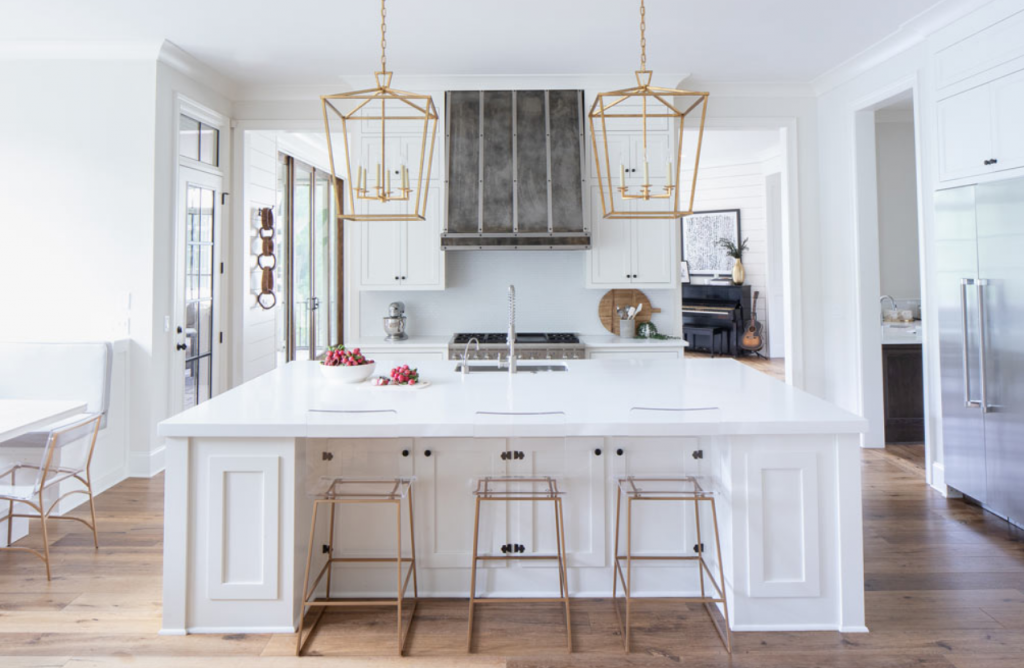Tips for Interior Photography! Interior photography is a form of photography that captures the beauty and elegance of spaces within a building. This can be done by capturing the architecture, decorative elements, and furnishings within the space. Artists who specialize in interior photography often have an eye for detail, making it possible to capture the subtleties of a space. These photos can be used for marketing and advertising purposes, or for creating a personal portfolio or website. In this article, we will discuss tips for interior photography.

Tips for Interior Photography
Interior photography can be a great way to capture the beauty of your home. With careful planning and execution, you can capture the warmth and elegance of your home in stunning photos. Here are some tips for taking great interior photos:
Lighting: The Different Types of Light and How to Use Them for Interior Photography.
There are three different types of light you will be working with when taking interior photos: natural light, artificial light, and mixed light. Each type of light has its own benefits and drawbacks that you need to be aware of when planning your photo shoot.
Natural light is the most desirable type of light for interior photography, as it creates a warm and inviting atmosphere. However, natural light can be difficult to work with because it changes constantly and is affected by the weather. If you’re shooting outdoors, make sure to plan your shoot around the time of day when the sun is at its strongest.
Artificial light is a great option when natural light isn’t available or when you need more control over the lighting in your photos. There are a variety of artificial lights you can use, including studio strobes, speedlights, tungsten lights, and LED lights.
Composition: Tips for Composing a Good Photograph of Interior Space.
Interior photography can be a great way to show off a space, but it can be tricky to get the composition just right. Here are a few tips to help you get started:
- Start by finding a focal point for your photo. This could be a piece of furniture, a window, or anything else that stands out in the room.
- Next, take into account the balance of the composition. You want to make sure that the elements in the photo are evenly distributed and that there is a sense of symmetry or balance.
- Pay attention to the lighting in the room and try to capture it at its best. This will help make your photos look more natural and realistic.
- Finally, experiment with different angles and viewpoints until you find one that works best for your photograph.
Post-processing: How to Improve Your Interior Photos in Post-processing.
Interior photography can be difficult to get right. You need to make sure the lighting is correct, and that the shot captures the feeling of the space. In post-processing, there are a few things you can do to improve your photos.
First, adjust the white balance. This will help ensure that the colors in your photo are accurate. Next, adjust the exposure and contrast. This will help make the photo look more like what you saw when you took it. Finally, apply a filter or effect to give your photo a finished look.
Post-processing can be a great way to improve your interior photos. By adjusting the white balance, exposure, and contrast, you can make your photos look more accurate and polished. And by applying a filter or effect, you can give them a unique look that will set them apart from other photographers’ work.
Gear: What Gear Do You Need for Interior Photography.
There are a few pieces of gear you’ll need for interior photography. You’ll want a tripod to keep your camera steady, especially when shooting handheld photos. A wide-angle lens is also a must-have for shooting in tight spaces. You may also want to invest in a remote shutter release to avoid any shake from your hand when pressing the shutter button. Finally, make sure you have plenty of memory cards and batteries on hand, as you’ll likely go through them quickly when shooting indoors.
Conclusion
In conclusion, following these simple tips will help you take great interior photographs that capture the essence of the space. By thinking about the composition and lighting of your shots, you can create beautiful images that will show off your work to its best effect. So get snapping and start sharing your stunning interiors with the world!



